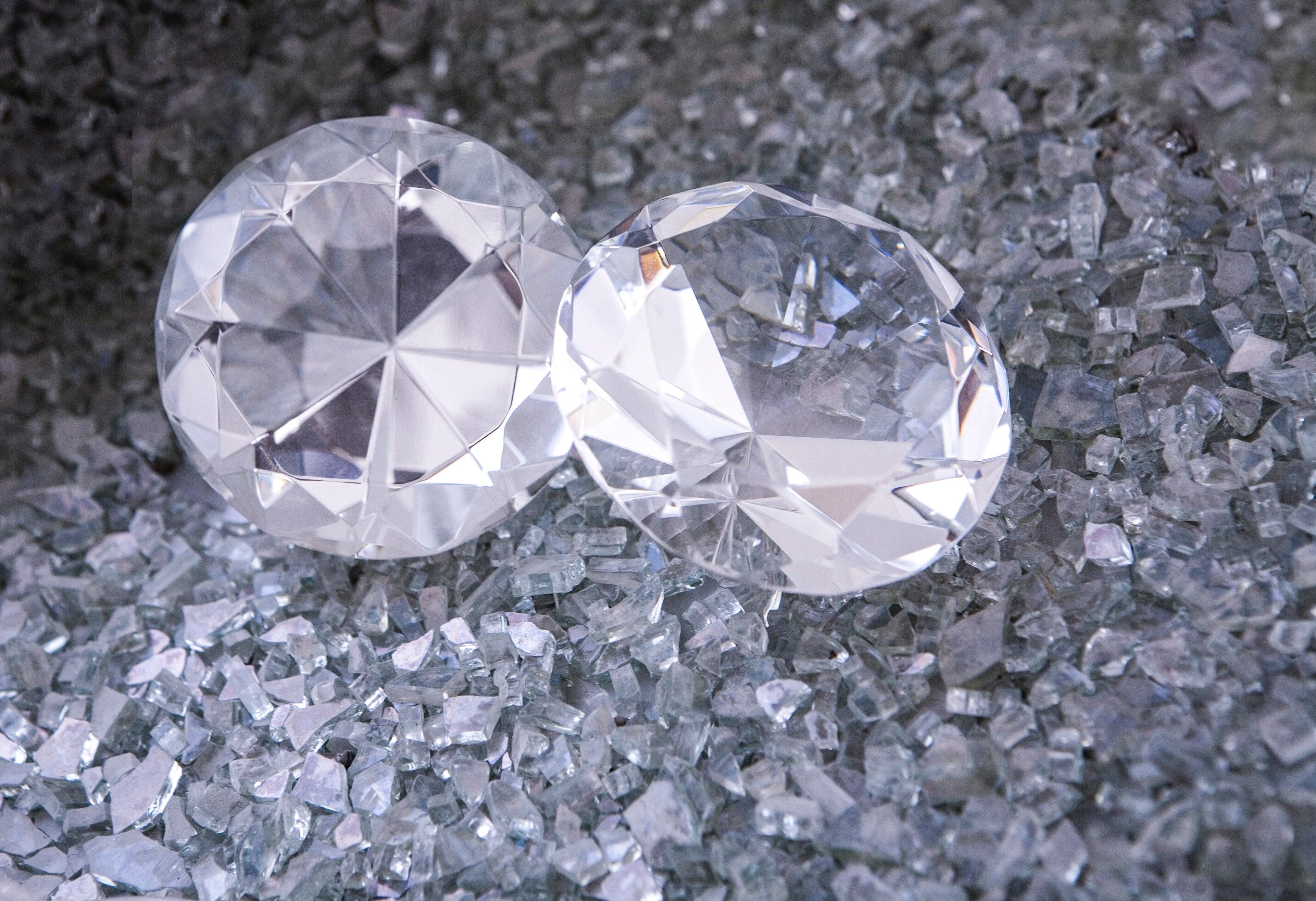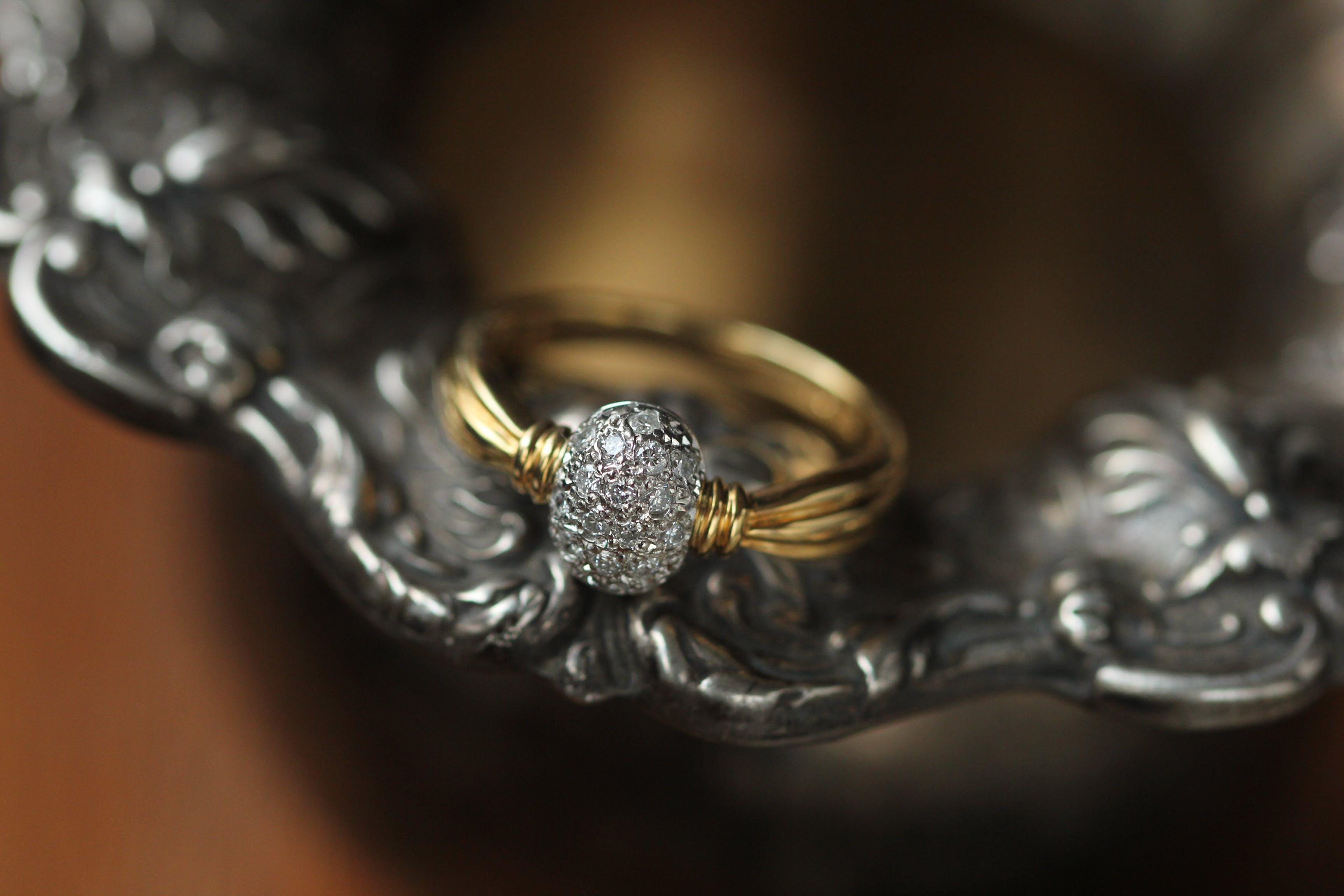
Diamonds in Popular Culture: Their Role in Movies and Music
Diamonds have long been associated with wealth, glamour, and enduring love. As some of the world's most precious gemstones, they have played prominent roles in popular culture, from movies to music. In this article, we will explore the fascination with diamonds in popular culture, how they have been used to symbolize wealth, love, and power, and the impact they've had on storytelling and songwriting.
Diamonds on the Silver Screen
Movies have often portrayed diamonds as symbols of wealth, luxury, and allure. Whether used as plot devices or as coveted objects of desire, diamonds have left an indelible mark on cinematic history. Here are some notable instances: "Gentlemen Prefer Blondes" (1953): Marilyn Monroe famously sang "Diamonds Are a Girl's Best Friend" in this classic film. Her character, Lorelei Lee, extolled the virtues of diamonds as the ultimate expression of love and luxury. "The Pink Panther" (1963): The Pink Panther diamond became the centerpiece of this comedy-mystery film, where Inspector Jacques Clouseau seeks to catch a notorious jewel thief. "Blood Diamond" (2006): This film delves into the dark side of the diamond trade, highlighting the issue of conflict diamonds. It sheds light on the human cost behind the glamour of diamonds and their potential to fuel violence. "Ocean's Thirteen" (2007): A plot to rig the opening of a new casino is centered around a fake diamond called the "Coyote," which plays a pivotal role in the movie's heist. "Uncut Gems" (2019): This intense thriller revolves around a rare black opal, rather than a traditional diamond. The gem, however, serves as a symbol of obsession and greed, driving the film's high-stakes narrative.
These movies not only showcase the allure of diamonds but also use them as storytelling devices to explore themes of desire, temptation, and, in some cases, social and ethical issues surrounding their extraction.
Diamonds in Music
Diamonds have also been a recurring theme in music, often symbolizing love, luxury, and success. From catchy pop tunes to poignant ballads, here are some notable songs that celebrate the allure of diamonds: "Lucy in the Sky with Diamonds" (1967): The Beatles' psychedelic masterpiece is filled with surreal imagery, including the line "the girl with kaleidoscope eyes." While the song's title is often associated with the acronym LSD, it also hints at the fascination with diamonds as symbols of otherworldly beauty.
"Diamonds Are Forever" (1971): Shirley Bassey's iconic rendition of this James Bond theme song captures the timeless allure of diamonds in the context of espionage and intrigue."Diamonds and Pearls" (1991): Prince's love ballad is an ode to the beauty and rarity of diamonds and pearls, comparing them to the love between two people. "Diamonds from Sierra Leone" (2005): Kanye West's song touches on the dark side of the diamond trade, specifically the issue of conflict diamonds. The lyrics highlight the contrast between the allure of diamonds and the human suffering involved in their extraction. "Shine Bright Like a Diamond" (2012): Rihanna's hit song celebrates self-confidence and resilience, using the metaphor of shining bright like a diamond to convey strength and inner beauty.
These songs reflect the multifaceted nature of diamonds in popular culture, where they can represent not only material wealth but also love, beauty, and the human condition. Additionally, some artists use their music to draw attention to the ethical and social implications of the diamond industry.
Cultural Impact and Symbolism
Diamonds are more than just sparkling gemstones; they carry deep cultural and symbolic significance. In addition to their associations with luxury and status, they have been linked to love and commitment through engagement rings. The phrase "diamonds are forever," popularized by De Beers in the mid-20th century, reinforced the idea of diamonds as a symbol of everlasting love.
Diamonds also represent strength, resilience, and the ability to withstand pressure, both physically and metaphorically. This symbolism is reflected in the adage "diamonds in the rough," which describes someone with untapped potential or hidden qualities. In popular culture, diamonds have often been used to symbolize power and success. They are frequently featured in the accessories and jewelry of powerful figures, both in real life and in fictional works. Whether it's a diamond-studded crown, a dazzling necklace, or a pair of elegant earrings, diamonds convey a sense of authority and opulence.
The Ethical Dimension
While diamonds have a rich and glamorous history in popular culture, they are not without controversy. The issue of conflict diamonds, also known as blood diamonds, has cast a shadow over the industry. Conflict diamonds are mined in war zones and sold to finance armed conflict against governments, often resulting in human rights abuses and violence.
In response to these concerns, the Kimberley Process Certification Scheme was established in 2003 to prevent the trade in conflict diamonds. However, the effectiveness of the Kimberley Process has been questioned, as it has faced criticism for failing to adequately address human rights abuses and unethical practices in the diamond supply chain.
Awareness of these issues has led to a growing demand for ethically sourced and responsibly mined diamonds. In response, some jewelers now offer "ethically sourced" or "responsibly mined" diamonds, which are traceable and have a transparent supply chain. Lab-grown diamonds, which are created without the environmental and ethical concerns associated with traditional mining, have also gained popularity as an ethical alternative.Diamonds have played a significant role in shaping popular culture, from their portrayal in movies to their lyrical and symbolic presence in music. They have been used to symbolize love, wealth, power, and resilience, and their allure has captivated generations. However, the ethical and social issues surrounding diamond mining have raised important questions about the industry's practices and sustainability. As we continue to celebrate the beauty and symbolism of diamonds in popular culture,



